After several days of driving through scenic Bavaria with some detours to Austria, Switzerland and the Black Forest in the summer of 2020, I left Germany’s largest state behind for good as I headed north to Thuringia and the cultural city of Weimar.
Weimar, the cultural heart of Germany
Weimar is located in the heart of Germany, and it’s considered the cultural heart of the country by many. With a population of just 65,000, Weimar is no biggen, but nevertheless, the city is well known for its cultural heritage spanning from the establishment of the literary genre of Weimar Classicism (1772-1805) during which Weimar was the home of the famous German poets Johann Wolfgang von Goethe and Friedrich Schiller among other great artists and thinkers of the late 18th and early 19th centuries, and to the more recent Bauhaus movement, a German design school of the interwar period (1919-1933) which became one of the most influential architectural styles in modern times.
Many buildings in the city centre relating to either Weimar Classicism or the Bauhaus movement have been designated as UNESCO World Heritage Sites, in fact, the city is bursting with UNESCO sites which is the main reason I went there in the first place! I’m not much of a modern culture enthusiast, but I try to visit as many UNESCO sites as possible on my travels, even if they don’t always pique my interest. I do it because it’s always great to learn about new subjects, and also I just love lists!

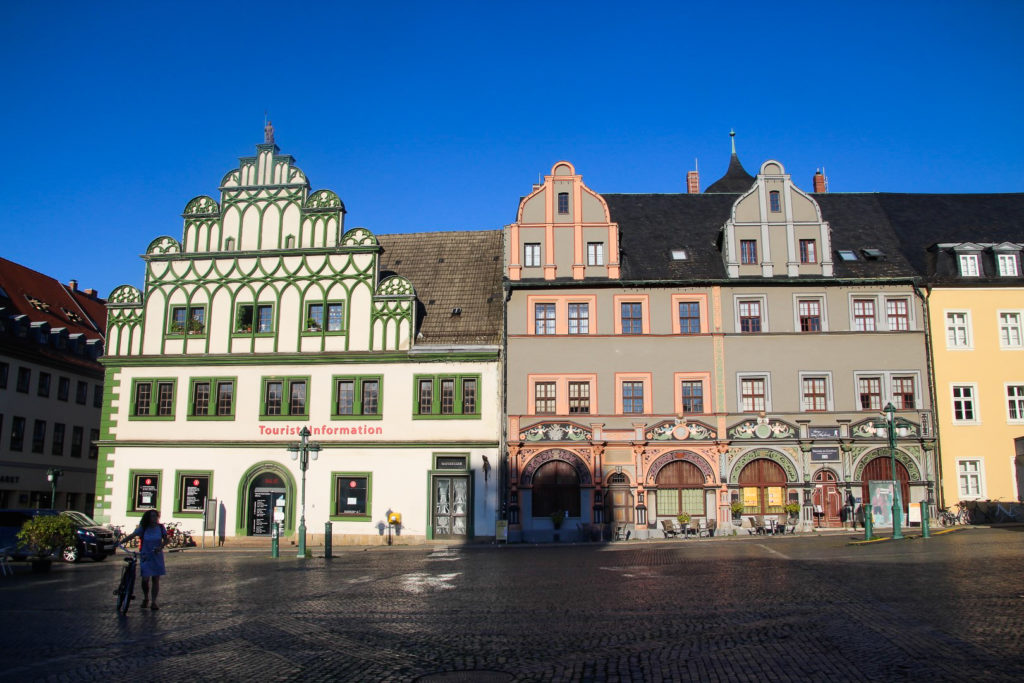




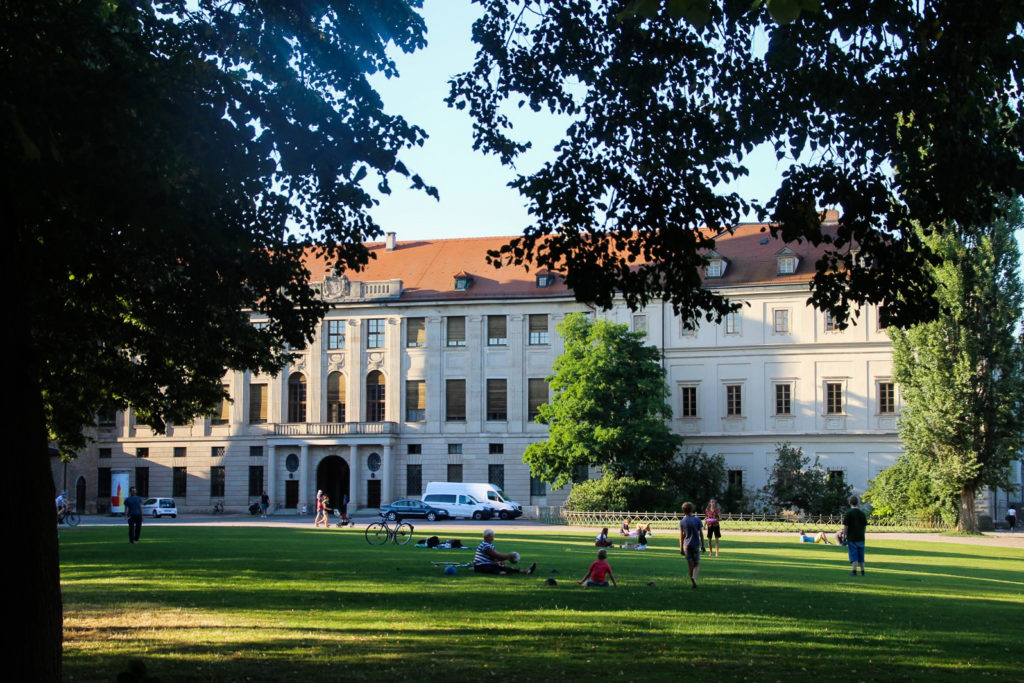






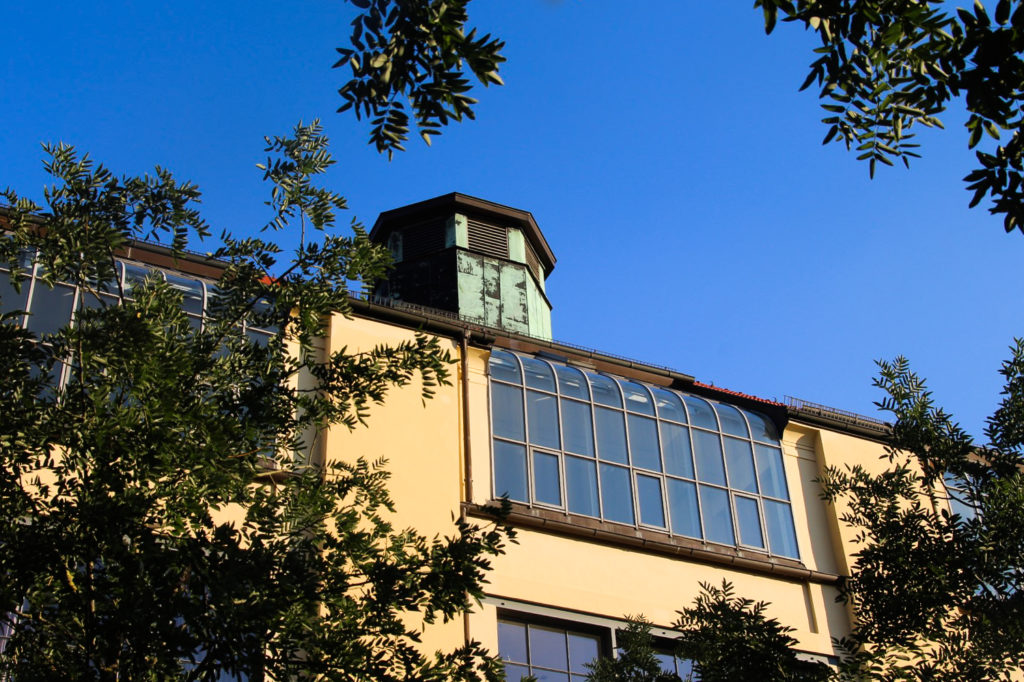
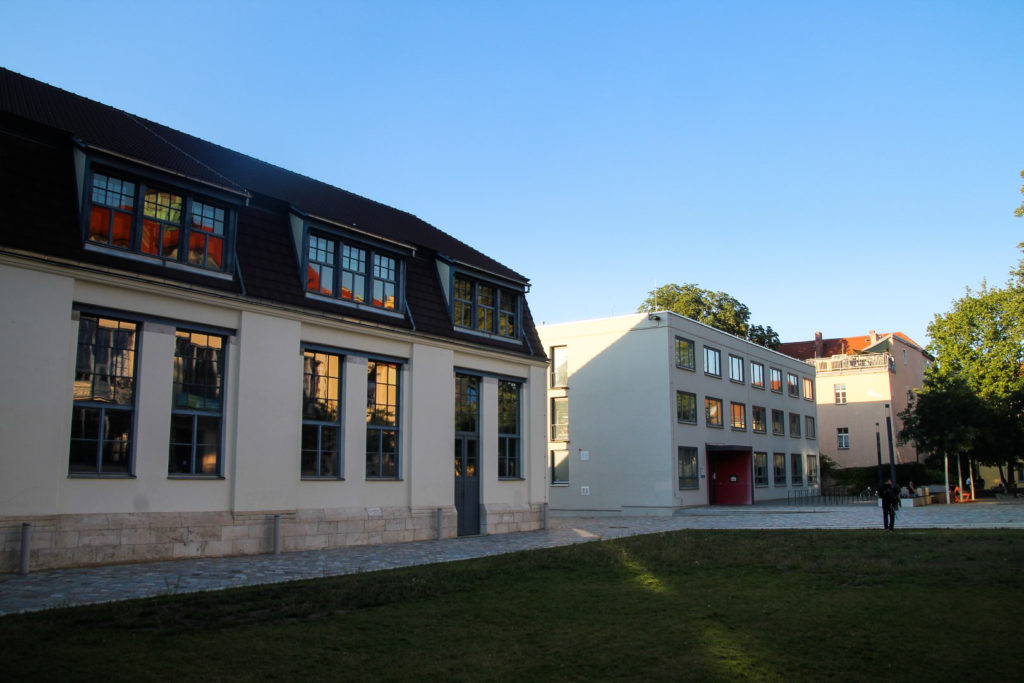
Weimar has a well-preserved historic centre with colourful classical buildings, cobbled streets and cozy cafés and restaurants. I enjoyed walking around Weimar a lot more than I’d expected. My favourite part of the city was the huge Park an der Ilm which is not only a great place to hang out and relax, but is also full of UNESCO buildings to be discovered.
Because I liked Weimar so much, and in particular because I was rather exhausted after almost two weeks of sleeping in the car, I decided to book a night in a dorm at the a&o Weimar hostel, located a convenient two kilometres from the city centre. That decision ensured a good night’s sleep and plenty of time to explore Weimar without rushing through it. In the evening, I settled on a bench by the river to enjoy my dinner while people-watching. A perfect end to the day.



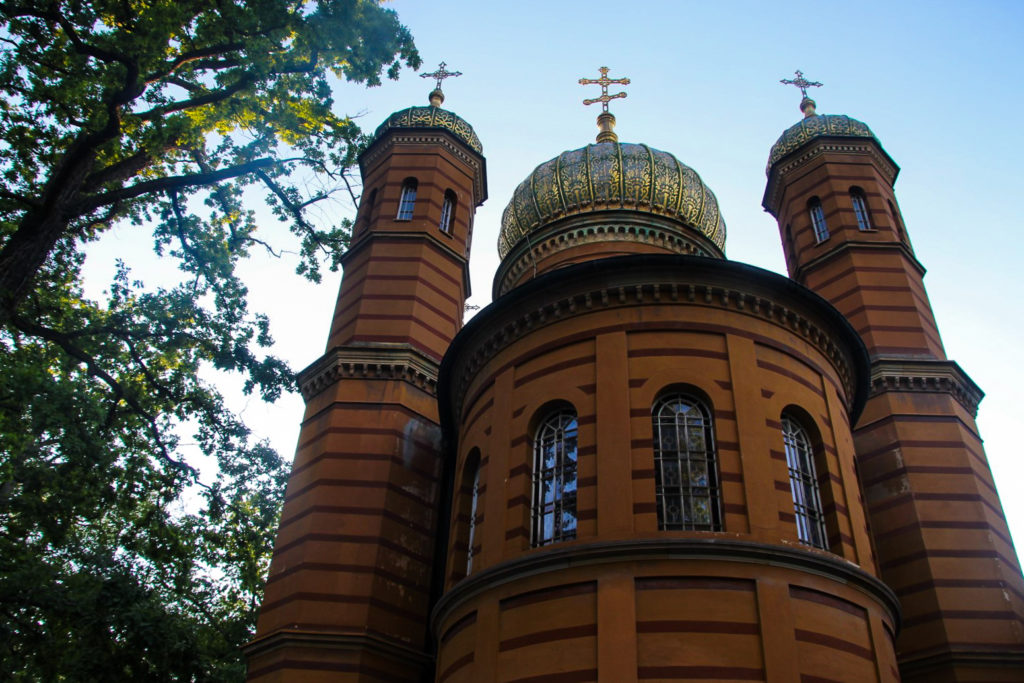




Naumburg Cathedral
After a lovely night’s sleep and a much-needed shower at the hostel in Weimar, I was off again, driving further north towards the village of Naumburg.
In Naumburg, there was one specific sight I wanted to see – its cathedral, another UNESCO World Heritage site, recognized as such in 2018. The Protestant cathedral dates back to 1028 when it was erected next to an old parish church. The building standing today dates back to the 13th century and is an important landmark of the late Romanesque architectural style.
Although quite simplistic in its style, Naumburg Cathedral holds several famous artworks, such as portrait statues of the twelve cathedral founders, and the Lettner, an early Gothic monument by the Naumburg Master, who was an anonymous medieval stone sculptor from the 13th century, renowned for creating some of the most important artworks of the European Medieval period.
After exploring MANY German churches and cathedrals that summer, I was feeling just a little bit over them by the time I reached Naumburg. However, I did enjoy discovering the cathedral, in particular the impressive stained glass windows, and it was a convenient stop on the way to my next destination.
INFO: I paid 7,5 euros for entrance with an audio guide included, 2 additional euros to be able to take photos plus 1 euro for an hour of parking.





Halle and the Nebra Sky Disc
The next destination of the day was the city of Halle and the State Museum of Prehistory, the main archaeological museum of Saxony-Anhalt. There was one specific reason why I’d decided to visit the museum – I desperately wanted to see the Nebra Sky Disc with my own eyes. But it turned out that the rest of the museum was well worth exploring as well!
The Nebra Sky Disc is one of those unique one-of-a-kind artifacts that every archaeologist learns about during their studies. For me, it was no different. I knew of the disc beforehand, but it wasn’t until my Bronze Age course that I fully understood just how important the disc is for our understanding of the era.
The Nebra Sky Disc (or ‘Himmelsscheibe von Nebra’ in German) is a bronze disc of around 30 cm in diameter with gold symbols that are usually interpreted as the sun or moon, a crescent moon and stars which include a cluster of seven stars that are interpreted as the Pleiades star cluster – hence the name of the disc.
The disc was discovered in 1999 near the town of Nebra in Saxony-Anhalt. Unfortunately, the exact find location is unknown as the finders were illegal treasure hunters who sold the disc along with a hoard of Bronze Age weapons and jewellery, all of which they’d discovered using a metal detector. The disc changed hands a few times before finally being confiscated by the police in 2001.
Since the disc itself cannot be scientifically dated, archaeologists have to trust the story told by the treasure hunters in order to date the disc. Thus, based on their story of how they found the disc near the hoard of Bronze Age artifacts, the disc is believed to date from around 1600 BC, during the Early Bronze Age. This is based on a typological dating of the axes and swords found in the hoard, and confirmed by a Radiocarbon dating of a birchbark particle found on one of the swords, dating to between 1600 and 1560 BC. However, recently, a later dating of the disc to the Iron Age has been proposed, casting doubt on its status as the oldest map of the night sky known from anywhere in the world.
Nevertheless, despite the dating uncertainties, the Nebra Sky Disc is a unique artifact well worth the detour to Halle. I was also pleasantly surprised by the museum itself. Although tiny with only two floors open (at the time), I thought the exhibitions were some of the most beautiful I’d ever seen (although they don’t beat my beloved Moesgaard Museum). I loved the way the artifacts were displayed, and especially the star of the show was set up beautifully in a separate quiet, dark room. I went in three times to just stare at it. In the end, I had to pull myself away or I would’ve stayed there all day.
INFO: Entrance to the museum cost 5 euros for an adult. I paid just 0,70 euros for an hour of parking on the street in front of the museum.
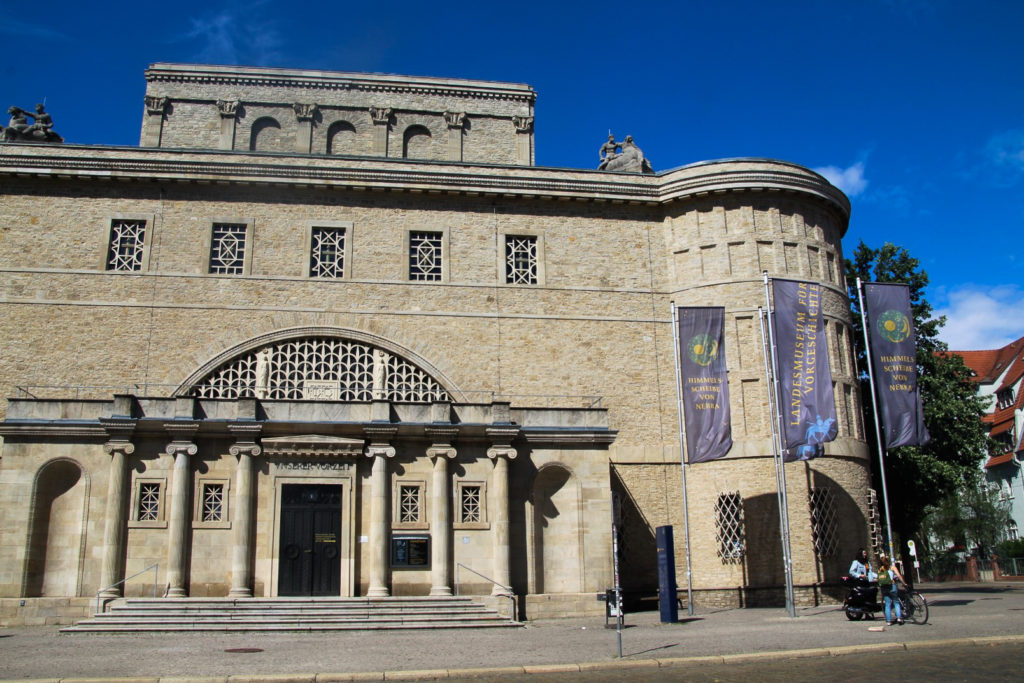
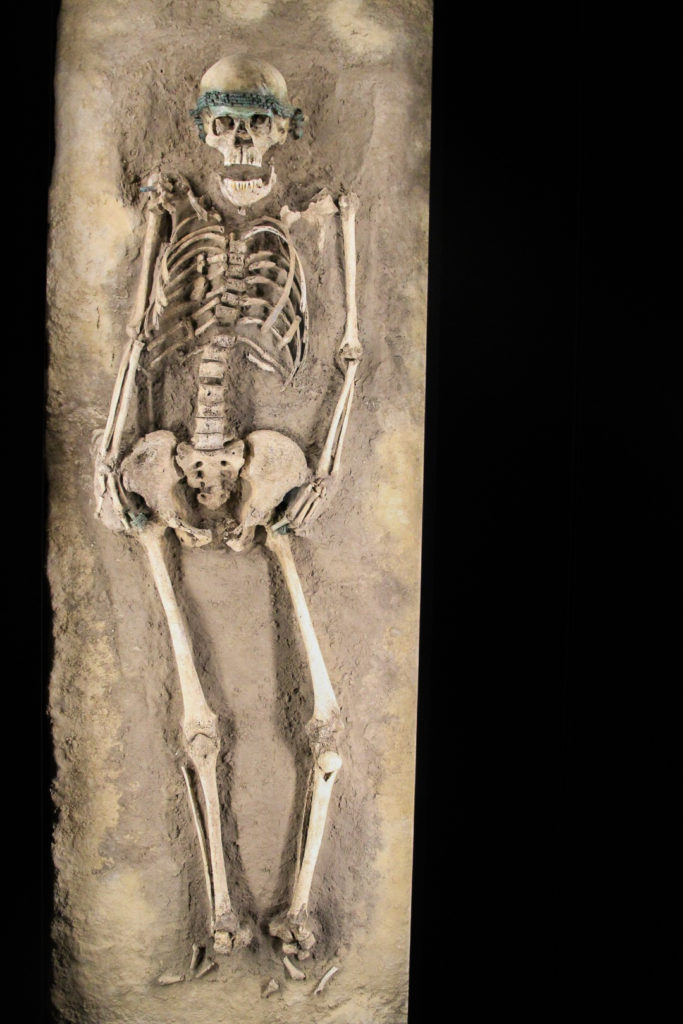



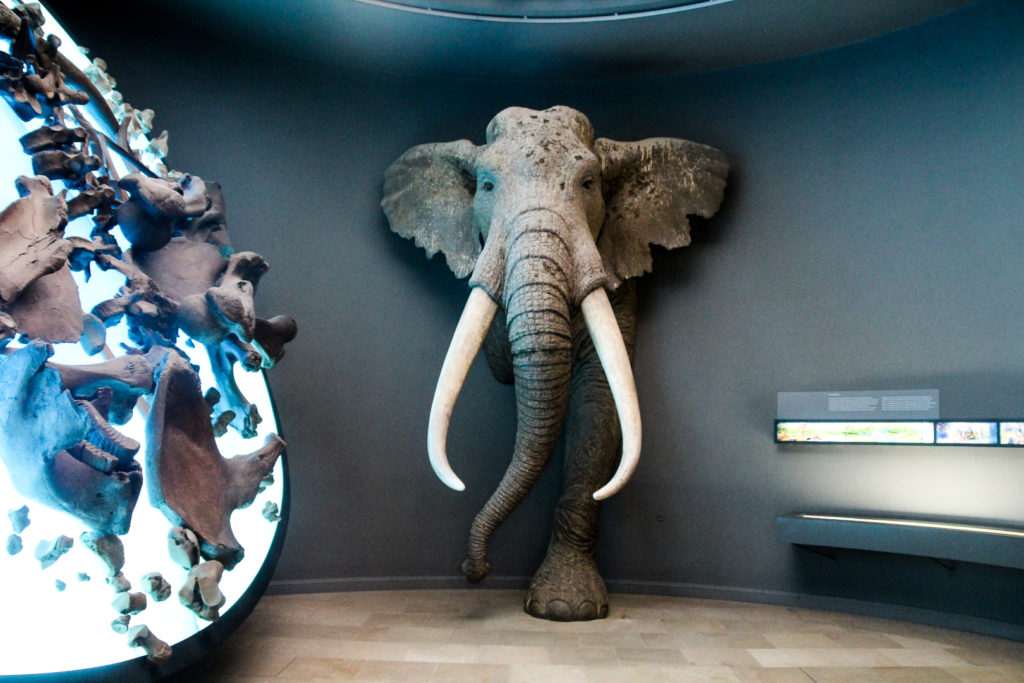
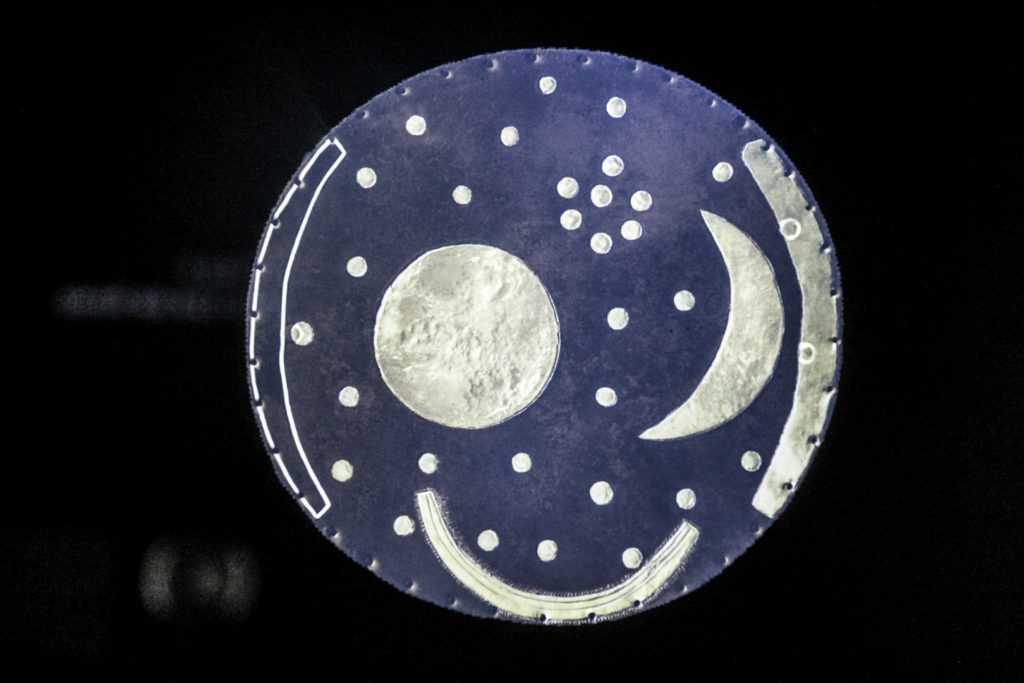
Lutherstadt Eisleben
The last destination of the day was yet another UNESCO World Heritage Site. I went to Eisleben, famous for being the hometown of Martin Luther, Protestant reformer and the founder of the Evangelical-Lutheran church which I belonged to before converting to Bahá’í in early 2019.
Martin Luther and his efforts largely shaped the Northern Europe we know today by challenging the Catholic Church for their indulgences which he viewed as corruptive and greedy, and very far from God. He revolutionized the church by translating the Bible from Latin into common German, making the scriptures accessible for everyone.
For someone who grew up with Lutheranism, it’s embarrassing how little I knew about this branch of Christianity, but a visit to Eisleben sure changed that. The whole town is basically a museum showcasing the life and legacy of Martin Luther, starting with the “Birth House” built on the site of the house where Luther was born in 1483 and the St. Peter and Paul Church where he was baptized, and to St. Andreas Church where he preached his last sermons and the “Death House” where he was thought to have died in 1546 (although it was discovered after a major restoration in 2013 that he did not die there but instead in a house at Am Markt 56 which is a hotel today).
Since I was tired after the long day, I decided to only explore one museum, and the choice fell on the “Birth House” which holds many original artifacts from Luther’s time as well as original letters written by Luther. Unfortunately, it’s not possible to see exactly where Luther was born as the original house burned to the ground in 1689 but the museum does a great job at explaining the history and importance of Lutheranism.
INFO: I paid 5 euros to enter the “Birth House” museum. Here’s a tip – for free parking, go to Netto, a supermarket which is very central (and cheap!).

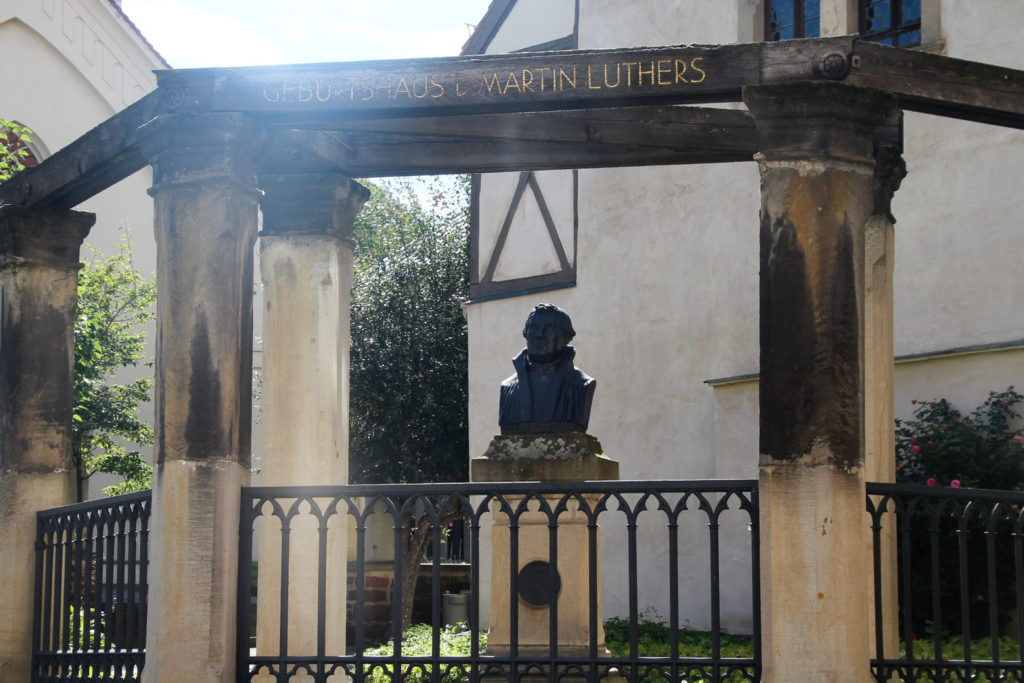




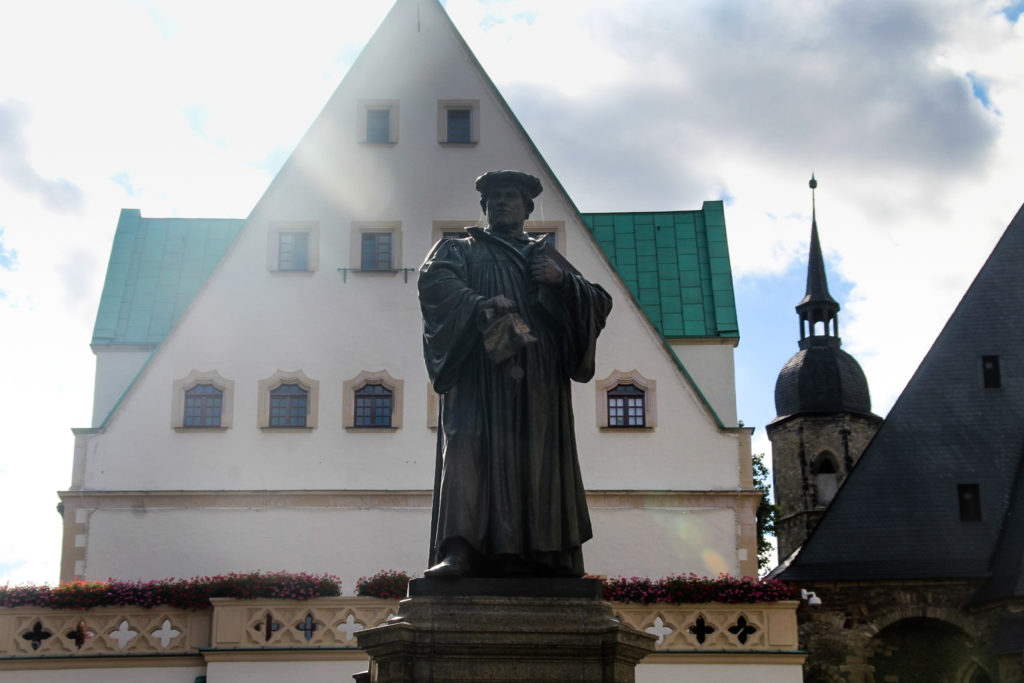
My time in Germany was quickly coming to an end, but I still had a few days of adventure left. I continued north to Harzen, a beautiful part of Germany that I’d wanted to explore for a long time. Stay tuned!
Leave a Comment
Pingback: My January-February 2022: Back to Lolland – I Live as I Dream on 25/02/2022
Pingback: A morning in Christiansfeld, Denmark’s only UNESCO town – Northtrotter on 25/02/2022

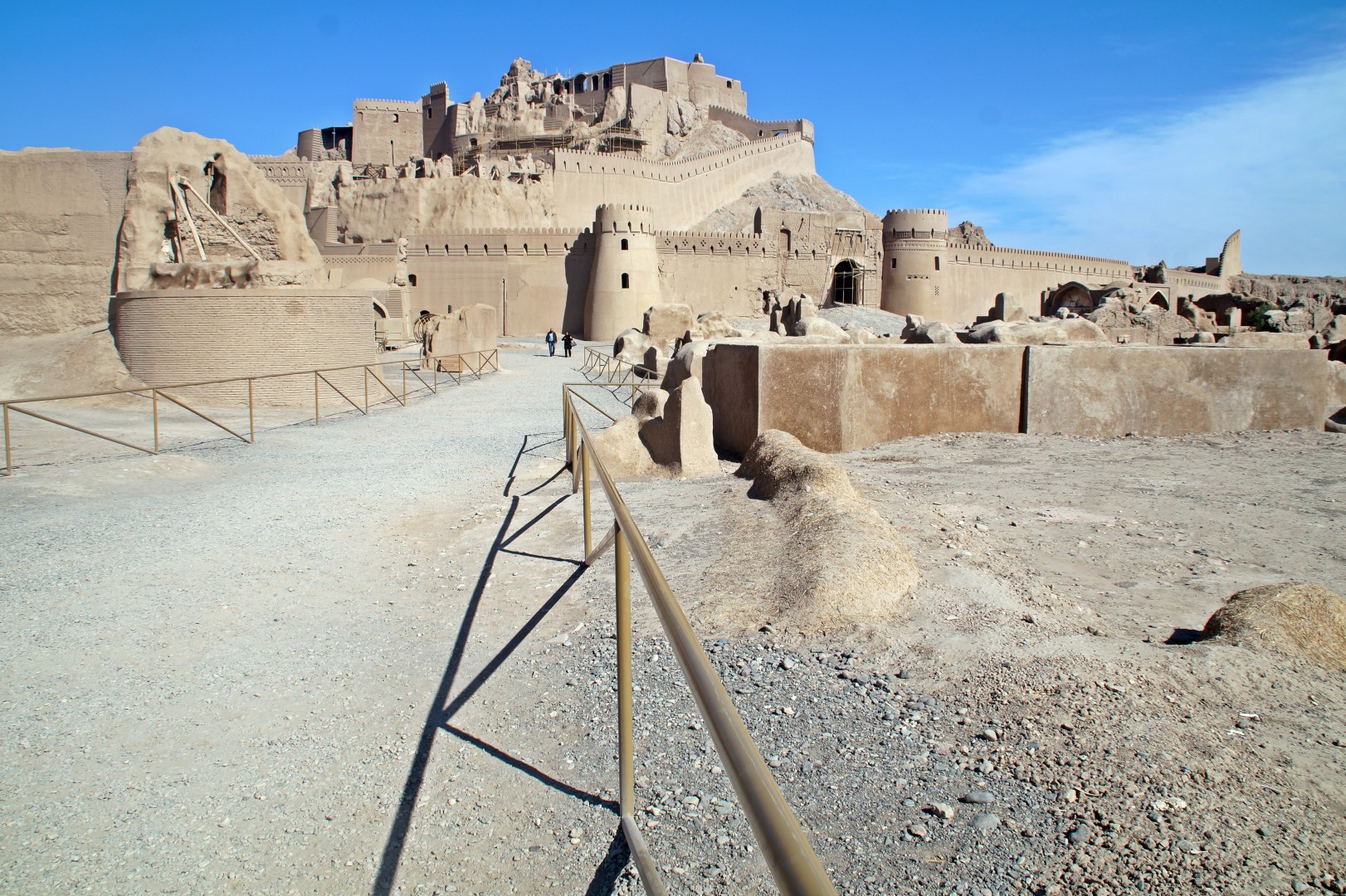
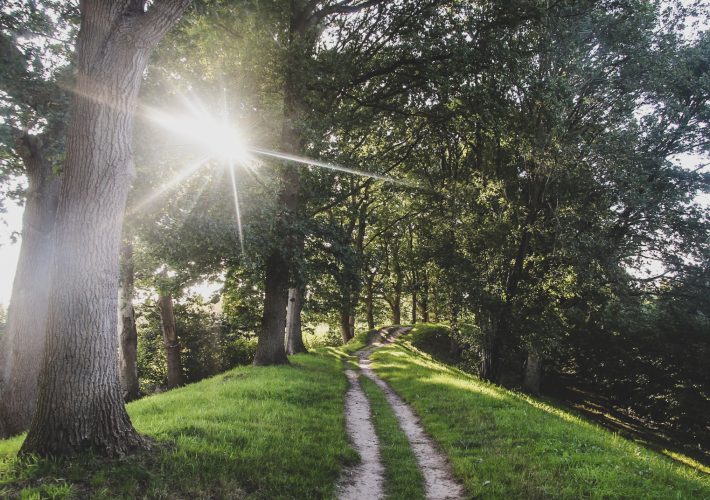
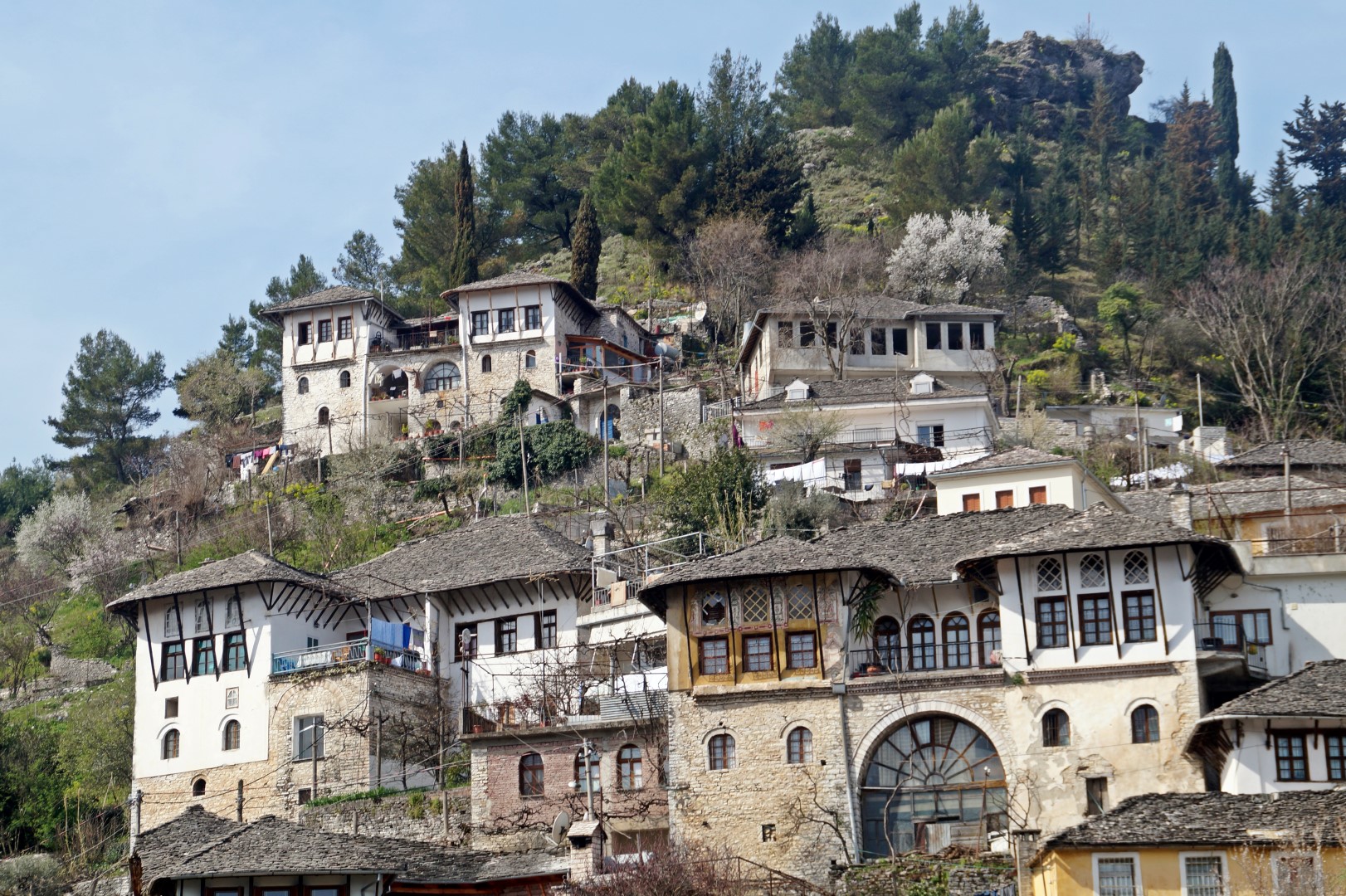

2 COMMENTS